Search Images
Browse Content (p. 35)
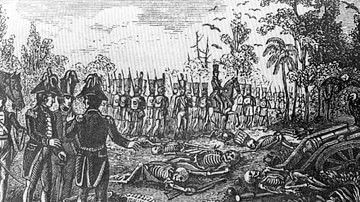
Image
Dade Massacre Site Illustration
An 1870 illustration of US Army soldiers viewing remains at the Dade Massacre site of 1835, a battle won by the Seminoles of Florida and their allies.
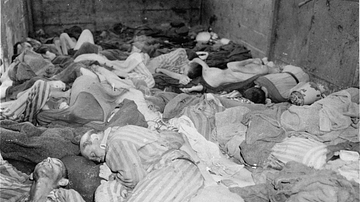
Image
Dachau Death Train
A carriage full of corpses in an open wagon of the Dachau death train. The train consisted of almost 40 wagons, and contained between 2,000 and 3,000 bodies when discovered by the U.S. military forces in the spring of 1945. Dachau was a Nazi...
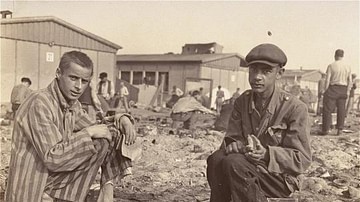
Image
Liberation of Dachau Concentration Camp
Two survivors prepare and share food outside the barracks after the liberation of Dachau concentration camp in May 1945 by U.S. forces. (United States Holocaust Memorial Museum)
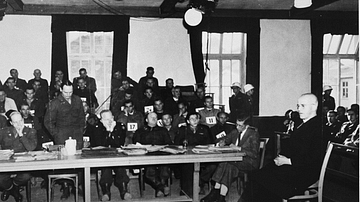
Image
Dachau Trials
Father Johann Maria Lenz, a surviving inmate of the Nazi-run Dachau concentration camp in Germany testifies at the trial of those individuals who operated the camp and civilians who assisted them in their purpose. The Dachau concentration...
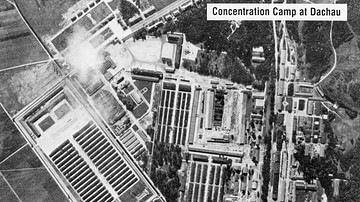
Image
Aerial View of Dachau Concentration Camp
A Second World War (1939-45) photograph of the Nazi concentration camp at Dachau in Germany, taken during an American reconnaissance flight.
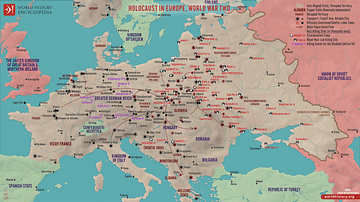
Image
Holocaust in Europe during World War Two
This map illustrates the scale and scope of the Holocaust in Europe during World War II, a systematic, state-organized persecution and murder of approximately six million Jews, alongside millions of other victims, by Nazi Germany and its...

Image
A Seminole Woman
Seminole Woman, oil on canvas by George Catlin, 1838.
Smithsonian American Art Museum, Washington, D.C.
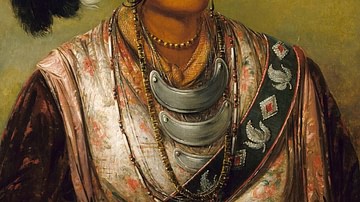
Image
Osceola of the Seminole
Os-ce-o-lá, The Black Drink, a Warrior of Great Distinction, portrait by George Catlin, 1838.
Smithsonian American Museum of Art, Washington, D.C.
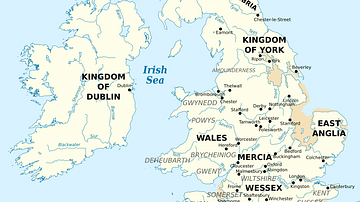
Image
British Isles at the Beginning of the 10th Century
British Isles in 10th century represented with the coastline at the time.

Image
Tomb of King Aethelstan in Malmesbury Abbey
The tomb of King Aethelstan (r. 924-939) in Malmesbury Abbey, Malmesbury, England. There is nothing in the tomb beneath the statue, the relics of the king having been lost in the Dissolution of the Monasteries in 1539.